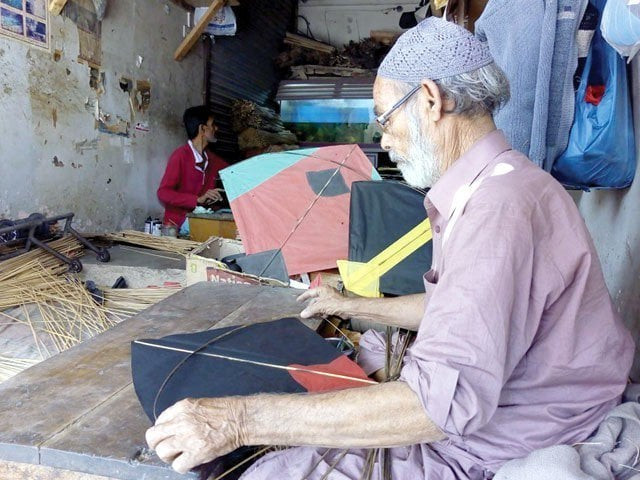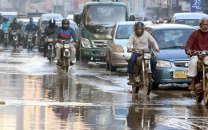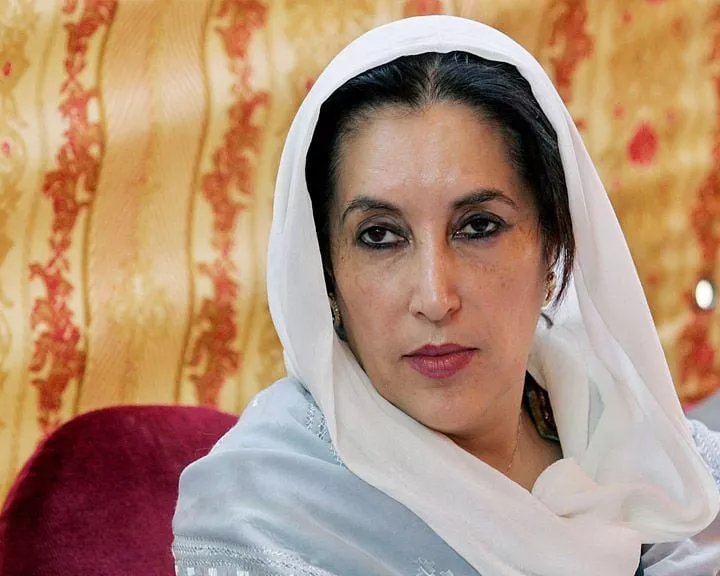Kite flying - a dying sport amid rapidly shrinking public spaces
Enthusiasts complain it has become expensive to pursue the sport in current social, political climate

As city expands, high-rise buildings pop up with alarming rapidity, taking place of parks and playgrounds. PHOTO: EXPRESS
Some have associated the fall in numbers to a decrease in public parks, children's playgrounds and a dramatic shrink in open, public spaces in the metropolis.
Several small businesses in the port city are associated with kite flying and, as the trend wanes, the people who depend on the Basant boom to jump-start their fortunes have expressed concern about the matter.
Talking to Express News, kite-makers said that the sport needs state patronage. "Otherwise, the tradition will vanish along with us," they warned.
Cases registered against kite-flying
A few years ago, the city had a number of public spaces where residents hailing from all parts of the metropolis could gather and celebrate the colourful festival of Basant.
As the metropolitan city has widely expanded, high-rise buildings have popped up with alarming rapidity, and consequently, open spaces for the public have decreased.
Kite flying competitions have moved to the outskirts of Karachi and lots of local people now prefer to spend their weekends outside the city in order to take a break from the hustle and bustle of the business capital of Pakistan.
Seaview beach in Clifton had previously hosted a number of Basant festivals, which were shifted to Surjani Town as the provincial government clamped down on the sport. More recently, these competitions have also been held in the Saadi Town, Memon Goth and Hawke's Bay areas.
Crackdown on kite flying
Kite flying enthusiasts complain that it has become very expensive to pursue the sport in the current social and political climate. Commuting to and from the city costs a lot of money and lovers of the sport have to face 'harassment' from police personnel too, who regularly ask for monstrous bribes in exchange for allowing kite-flying competitions.
Shahzad Ahmed from Teen Hatti has been making kites for the past 50 years. He loves the sport and learned how to make kites at an early age, gradually becoming an expert in the field.
Kites made by Shaddu Bhai, the name by which he is more affectionately and famously known, have won numerous competitions. They have the ability to fly at a height of between 2,000 and 3,000 metres.
"A decrease in the number of playgrounds across the city has affected our business. We are focusing more on making smaller kites these days and a lot of very good kite-makers have abandoned the art in favour of other, more economically feasible, alternatives," Ahmed told Express News.
He was of the opinion that the sport is now limited to a few areas of Landhi, Korangi and Malir, which have fewer buildings compared to other areas of Karachi and offer the public more open spaces for outdoor activity.
"In order to fulfil the wishes of children hailing from inter-city areas, we are making smaller kites. But small kites entail the same amount of effort on our part as bigger ones, but have little financial return," Ahmed complained.
The veteran kite-maker also said that the cost of manufacturing a single kite has gone up, since the raw materials required are more expensive now. "But the buyer is unwilling to pay the increase in price which that entails," he lamented.



















COMMENTS
Comments are moderated and generally will be posted if they are on-topic and not abusive.
For more information, please see our Comments FAQ